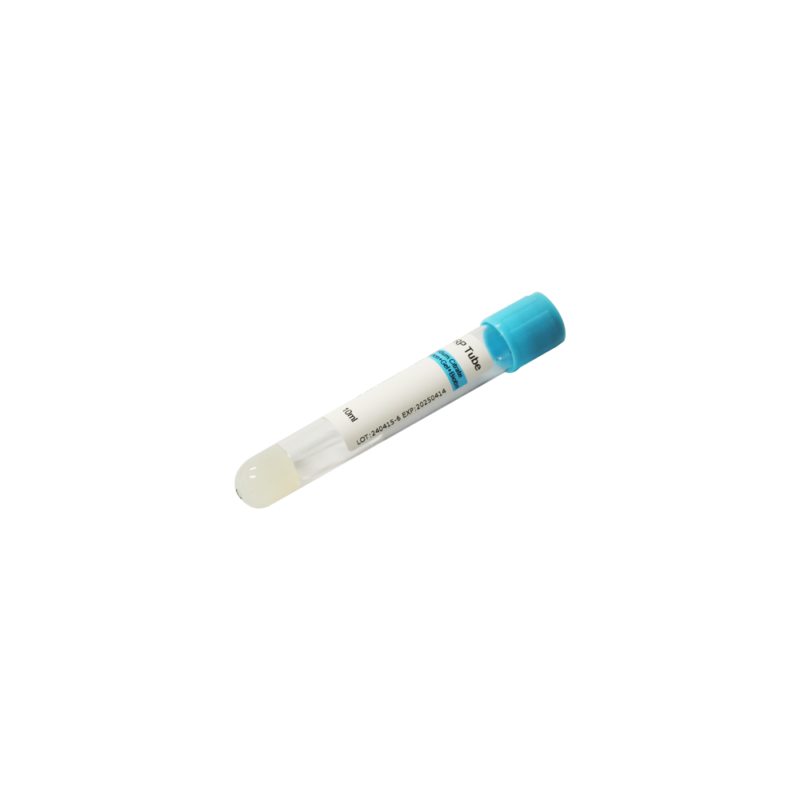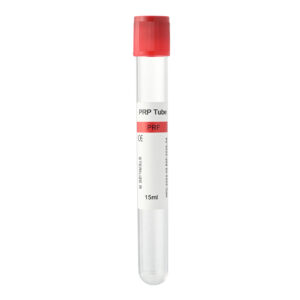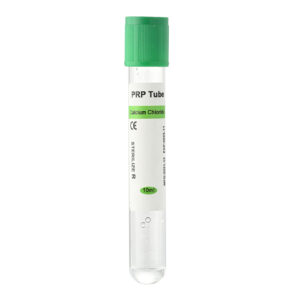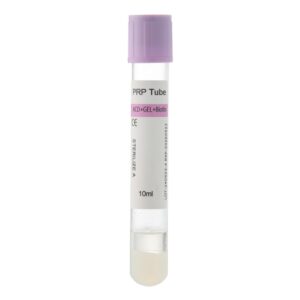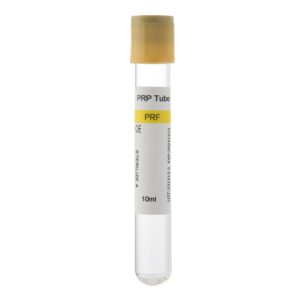Sodium Citrate PRP (Platelet-Rich Plasma) is an advanced treatment derived from a patient’s blood to promote tissue healing and regeneration. This method has gained significant traction recently, particularly in orthopedics, dermatology, dentistry, and wound care. PRP therapy involves extracting and concentrating platelets rich in growth factors that stimulate repair and rejuvenation, then reinjecting them into the targeted area.
During PRP preparation, sodium citrate is commonly used as an anticoagulant to prevent premature blood clotting. This ensures that platelets remain viable and functional throughout the process, contributing to effective therapeutic outcomes.
Role of Sodium Citrate in PRP Preparation
Sodium citrate is a critical anticoagulant that binds with calcium ions in the blood, which are essential for clotting. By interrupting the clotting cascade, sodium citrate maintains the liquid state of the blood sample, enabling the separation and concentration of platelets without compromising their quality.
This stabilizing effect protects platelets and other key blood components, such as white and red blood cells, during processing. Since platelets play a pivotal role in tissue repair by releasing growth factors, sodium citrate ensures that PRP remains effective and ready for clinical use.
How PRP is Prepared
The preparation of PRP involves a straightforward yet precise series of steps:
- Blood Collection: A specific amount of blood, typically ranging from 10 to 60 milliliters, is drawn from the patient depending on the intended treatment.
- Anticoagulant Addition: Sodium citrate is added to the blood sample immediately after collection to prevent coagulation during processing.
- Centrifugation: The sample is placed in a centrifuge and spun at high speed to separate its components based on density. Platelets and plasma are isolated from red blood cells and other heavier components.
- Platelet Concentration: A second round of centrifugation concentrates the platelets, yielding platelet-rich plasma with a platelet count significantly higher than normal blood.
- Application: The concentrated PRP is then injected into the target area. The growth factors released by the platelets enhance cellular repair and tissue regeneration.
Clinical Applications of Sodium Citrate PRP
Sodium citrate PRP is used in various medical fields with notable success. Below are some of its typical applications:
Orthopedics
PRP is frequently used to treat joint injuries, tendon damage, and degenerative conditions like osteoarthritis. The growth factors in PRP accelerate the healing of soft tissues and bones, reducing recovery time and improving outcomes. PRP provides pain relief and promotes functionality for chronic injuries or age-related conditions.
Dermatology
PRP is widely recognized in dermatology for its benefits in anti-aging treatments, scar revision, and hair restoration. PRP improves skin elasticity, texture, and hydration by stimulating collagen production. It also helps reduce the appearance of acne scars and supports hair regrowth by activating dormant follicles.
Dentistry
PRP is highly effective in dental procedures, including tooth implantations, periodontal treatments, and oral ulcer management. It accelerates the healing of gums and surrounding tissues, reduces post-procedural complications, and enhances overall recovery. PRP also increases the success rate of dental implants by improving tissue integration.
Wound Healing
For chronic wounds such as diabetic ulcers or pressure sores, PRP boosts local blood circulation, promotes tissue regeneration, and reduces healing time. Its ability to enhance angiogenesis (formation of new blood vessels) makes it particularly valuable in treating hard-to-heal wounds.
Advantages of Sodium Citrate PRP
- Autologous Source, High Safety: PRP is derived from the patient’s blood, eliminating the risks of immune rejection and cross-contamination.
- Enhanced Cellular Regeneration: The growth factors in PRP activate cell proliferation, collagen synthesis, and new blood vessel formation, resulting in faster and more effective healing.
- Minimally Invasive: PRP therapy involves simple injections without the need for surgery, making it a low-risk and convenient treatment option.
- No Side Effects: Since PRP contains no foreign substances, the risk of allergic reactions or adverse effects is virtually nonexistent.
- Improved Efficacy: Compared to traditional therapies, PRP significantly enhances tissue repair and functional restoration in a shorter time frame.
Conclusion
Sodium citrate PRP is a revolutionary autologous therapy that promotes healing and regeneration by utilizing platelet natural properties. Its applications include orthopedics, dermatology, dentistry, and wound care, offering safe and effective solutions for a wide range of conditions.
With its high safety profile and proven results, sodium citrate PRP has become a preferred treatment in modern medicine. As advancements in PRP technology continue, its applications are expected to expand further, solidifying its role as a cornerstone of regenerative therapy.

